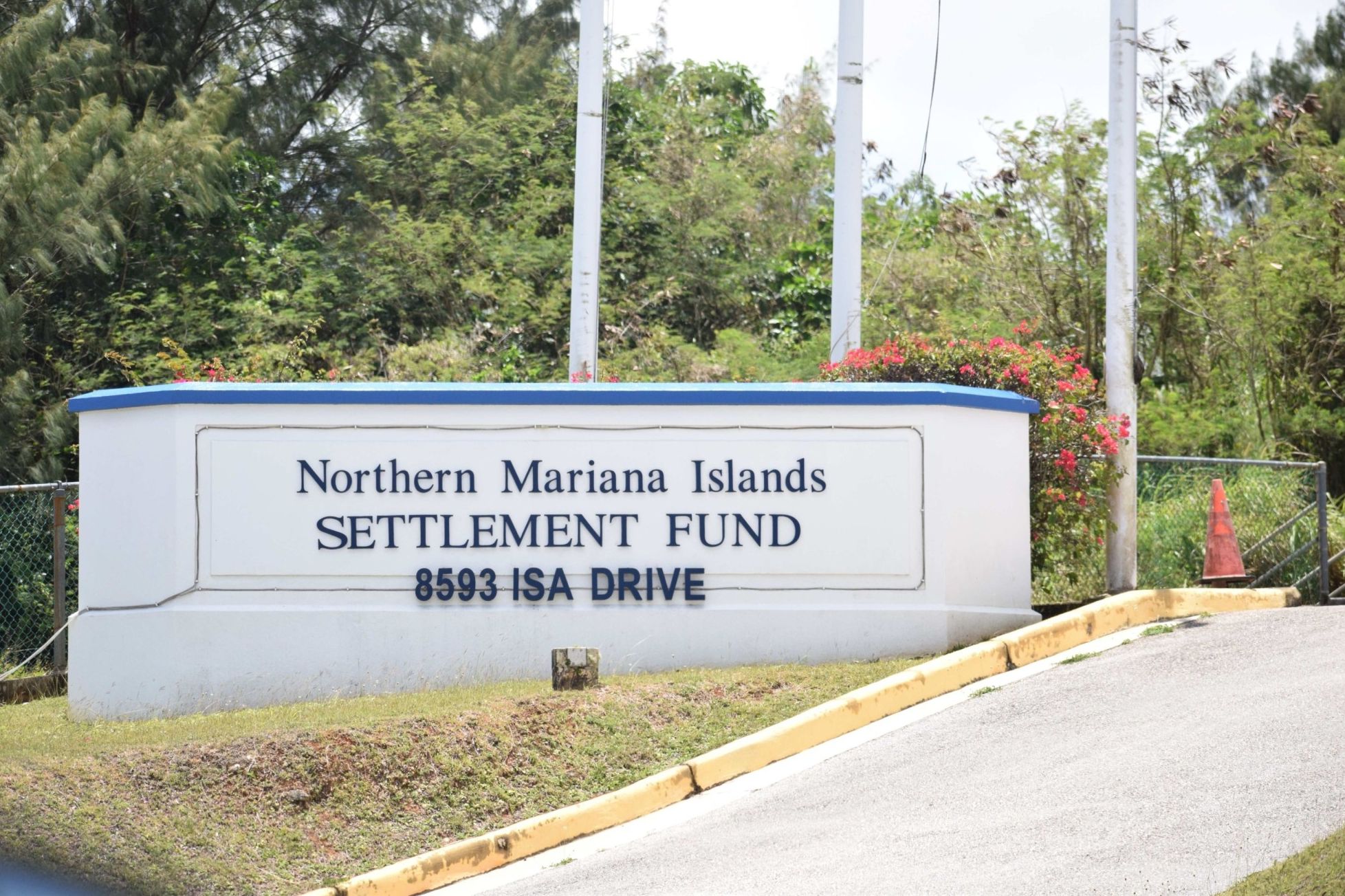
BC Cook
INTENDING to be a peaceful school teacher, he soon found himself engulfed in the flames of a world war. His sense of duty to his country grew stronger than his devotion to his wife so he joined the struggle and ended up on Saipan. How he led a small band of soldiers and civilians in a desperate struggle against overwhelming odds made him a legend. This is Oba’s story.
Oba found himself on Saipan completely by accident. He commanded a group of combat medics traveling to their assignment when their ship was torpedoed by an American submarine in February 1944. Over half of his regiment died in the sinking but Oba and the survivors were taken to Saipan. There he organized a medical aid station, just in time for one of the largest battles of the war.
On June 15, 1944 the struggle for Saipan began with a massive American invasion. After three weeks of intense fighting, including the largest tank battle of the Pacific war, the Japanese commanders ordered a final banzai charge in the vicinity of present-day Tanapag. Oba and his medics participated in the charge which took the lives of 4,300 Japanese. A few days later the fighting ended on Saipan and the Americans declared the island secured. They continued to mop up while construction began on the airfields in the south.
Oba’s wife was informed of his loss and he was posthumously awarded a promotion. All Japanese on Saipan were declared officially killed-in-action on September 30, 1944, but Oba survived the banzai charge and the battle. He took command of a group of about 45 soldiers and 200 civilians and vanished deep into the jungle, evading American patrols and aircraft. He divided the group into smaller units and hid them in caves and small camps in the jungle and began raiding the American camps for food, clothing, and weapons.
At first the Americans dismissed the threat, guessing the group was made up of a few tired and hungry stragglers, but it soon became clear that Oba was a bigger problem than that. The Americans stepped up their patrols and aggressively searched for Oba’s group. During one such patrol Oba was caught in the open with many women and children. He had nowhere to go but up, so they scaled the cliffs above them and hid in the cracks. They climbed about twenty or thirty feet and let the Americans pass below them. If any of them had looked up, they would have seen Oba’s group. But they didn’t. Oba was more careful after that.
Because of the nature of the fighting in the Pacific, hundreds of islands which were bypassed still contained Japanese soldiers, most of whom had not heard of the end of the war. In fact, millions of Japanese soldiers were scattered all over the Pacific and Asia and needed to be disarmed and sent home. How to get the news of the surrender to them and make them believe it was true? The Americans located Oba’s former commanding officer and brought him to Saipan to convince him to come out of hiding. Finally, on December 1, 1945, three months after the official end of the war, Oba marched out of the jungle and surrendered his sword. He held out on the island for 512 days, or about 16 months.
Oba became a hero after his successful resistance. The Japanese were forbidden to celebrate soldiers and sailors after the war, as part of the American occupation, so they honored their veterans in other ways. Oba was offered an esteemed position on the board of a large company, where he worked until retirement forty years later. He died on June 8, 1992 at the age of 78.
There is no monument on Saipan today to teach of Oba’s extraordinary campaign. His camps in the jungle have not been preserved for tourists. In 1986 a book was published in English, detailing Oba’s life from the sinking of his ship to the final surrender on Saipan. More recently, in February 2011 a Japanese-made movie was released called “Oba: The Last Samurai.” Do yourself a favor and read the book or watch the movie.
BC Cook, PhD lived on Saipan and has taught history for over 30 years. He is a director and historian at Sealark Exploration (sealarkexploration.org)











